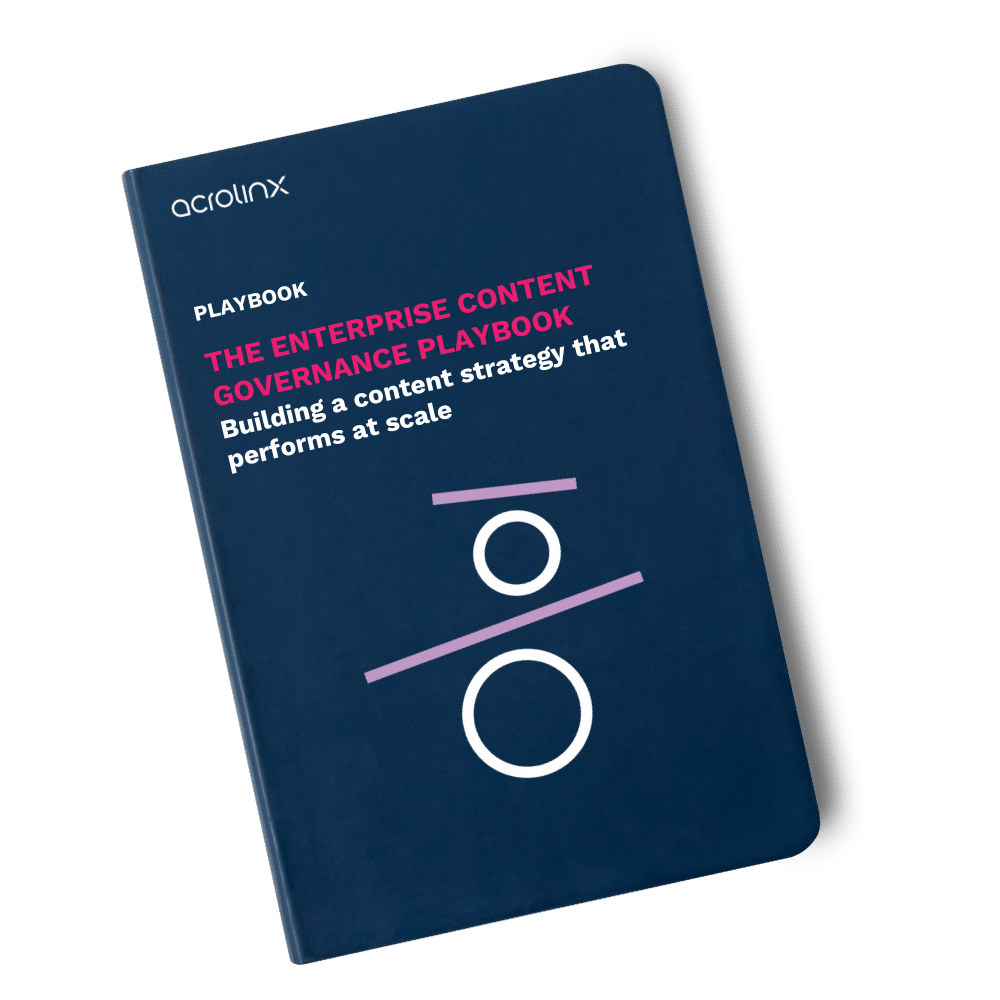Enterprise Content Governance Strategies for Managing Dispersed Teams

For enterprises that create content in multiple geographical locations, content governance extends beyond simple style guides and clearly defined review processes. Placing your brand in different regions across the world means developing a global content strategy that accounts for language variations, compliance standards, and cultural differences. But how can you effectively manage content on a global scale?
That’s what this article will explore. Understanding and implementing content governance is paramount. If you’re about to launch a product in various markets, you need to create accurate and consistent technical documentation. Or maybe you want to improve your current global content production. Either way, we’ve got you covered!
The challenges of content creation in multiple geographical locations
Managing a global content strategy for technical documentation presents a complex web of challenges for multinational enterprises. To overcome these challenges, you need a content governance framework. But more on that later! Here are some critical challenges in global documentation:
Language variations
Accurately translating technical information while accounting for linguistic nuances, regional dialects, and colloquialisms is crucial. Simple word-for-word translation often falls short and leads to misunderstandings for a global audience.
Terminology inconsistencies
Safeguarding consistent use of terms across different languages is a significant hurdle that impacts clarity and user comprehension. And more, it can even be a challenging task within the same base language (for example, US English vs. UK English).
Diverse regulatory and compliance landscapes
Each different market often has its own specific legal, safety, and compliance requirements that are relevant for technical documentation. Not following them results in legal repercussions.
Cultural differences and expectations
What’s considered clear, concise, and appropriate in one culture may not be in another. You need to localize content to make sure it resonates with the specific cultural context of the audience.
Maintaining global brand guidelines
A consistent brand voice, tone, and messaging across all languages and regions is vital for reinforcing brand consistency and the overall brand image globally.
Coordinating global content processes
Establishing efficient review, approval, and publishing processes that involve geographically dispersed content teams and subject-matter experts is complex and time-consuming.
Managing multilingual content updates
Use systems and processes to synchronize all translated versions of technical documentation with the latest product updates. Doing so, you ensure accurate content lifecycle management across multiple languages.
Check out how GROB Group overcame the hurdle of publishing content in multiple languages.
Enterprise content governance tips for global writing teams
Establishing a unified content governance model is essential. It helps maintain consistency, clarity, and compliance across all documentation created by your global teams. Regardless of their location or the language they work in. Here are the things you should be paying attention to when creating a content governance process:
Create editorial guidelines for global consistency
The first thing you should do is standardize brand and editorial guidelines to safeguard a unified customer experience and clear communication across all regions. These foundational documents should articulate the company’s tone of voice, style preferences, brand messaging, and acceptable language usage.
An example is: While specific word choices will inevitably vary across languages, the overall brand personality (for example, authoritative, helpful, or friendly) should remain consistent. These guidelines should also cover aspects like formatting, use of visuals, and even preferred sentence structure, to promote a cohesive feel across all documentation.
Be sure to keep all essential guidelines updated and easily accessible. They should be a central reference point for all content creators within your global teams. Why? So you build a consistent brand image and make sure that the organization’s content speaks with one unified voice. Regardless of the team or end user’s geographic location.
Determine the content management system you’re going to use
For a consistent authoring experience across your global teams, consider implementing a content management system (CMS) or component content management system (CCMS) designed for modular content. You minimize disparities in authoring tools and workflows by providing a unified platform.
This centralized approach streamlines the content creation process, as everyone works in a similar environment. Another thing is, it makes it easier to share and reuse existing content. It’s all about establishing a common foundation for efficient content production, which enables writers to apply your content governance framework consistently.
Identify regulatory or compliance laws within each market
A critical aspect of managing global technical documentation is identifying all relevant compliance and regulatory laws within each specific market your products or services operate. One example is the Consumer Duty. This step is essential to avoid legal issues, product recalls, and damage to your brand image.
Your content strategy must incorporate research into the unique requirements of each geographic location:
- Safety standards
- Data privacy regulations
- Labeling requirements
- Accessibility guidelines
- And many more
In addition, establishing a process for regularly monitoring these regulations is crucial, as laws and standards can change over time.
Your global teams need to have access to up-to-date information on local compliance requirements. It helps them create accurate and legally sound documentation for their respective markets. This protects your organization and customers.
Create quality source content for effective translation
The quality of your source content determines how effective your translated content is. Investing in well-written, clear, and concise original documentation not only streamlines the translation process. It also yields better results through effective content that speaks the language of your customers.
Ambiguous language, complex sentence structures, and inconsistent terminology in the source content impact the translation outcome negatively. If your content creators follow high editorial standards and from the start, you create a solid base for efficient and cost-effective translation.
High-quality source content reduces the need for extensive revisions and clarifications during the translation phase. It helps save time and resources and makes sure the intended message resonates clearly with your global audience across all language versions.
Promote cross-team collaboration by removing silos
For dispersed teams to function effectively and maintain consistency across all documentation, breaking down communication silos is crucial. Implementing strategies that foster collaboration and knowledge sharing among teams in different geographic locations is essential for a unified approach to content creation.
This involves establishing regular communication channels, using collaborative platforms, and encouraging cross-functional meetings to discuss content strategy, terminology decisions, and best practices. When teams can easily share insights, challenges, and solutions, it leads to better understanding, reduces redundancy in effort. It means that everyone is aligned with the overall global strategy.
Promoting a culture of open communication and collaboration ultimately contributes to better global content, and a cohesive and efficient content operation.
How Acrolinx helps enterprises create an effective content governance model
Establishing and maintaining enterprise content governance across global teams isn’t easy. Acrolinx is an AI-powered digital sidekick that integrates into your writers’ preferred authoring environments. Without interrupting the content creation process, it enforces consistency and compliance.
Here’s how Acrolinx strengthens your global content governance:
- Flexible integration: Acrolinx integrates directly into your writers’ preferred tools, ensuring adoption across all geographic locations.
- Centralized standard enforcement: Digitize your standards, like specific terminology preferences and brand guidelines with Acrolinx for consistent application across all languages.
- Real-time feedback: Writers receive immediate suggestions as they create content, guaranteeing alignment with global standards from the outset.
- AI-powered guidance: Acrolinx’s AI analyzes content in real time, highlighting potential inconsistencies and compliance issues.
- Content scoring: Gain valuable insights into the overall content quality and adherence to your defined rules with Acrolinx’s reporting feature.
Managing your global writing teams doesn’t need to be an entirely manual process.
Learn more about Acrolinx’s best-in-class enterprise LLM and make sure to download our eBook today!
Are you ready to create more content faster?
Schedule a demo to see how content governance and AI guardrails will drastically improve content quality, compliance, and efficiency.
The Acrolinx Team





